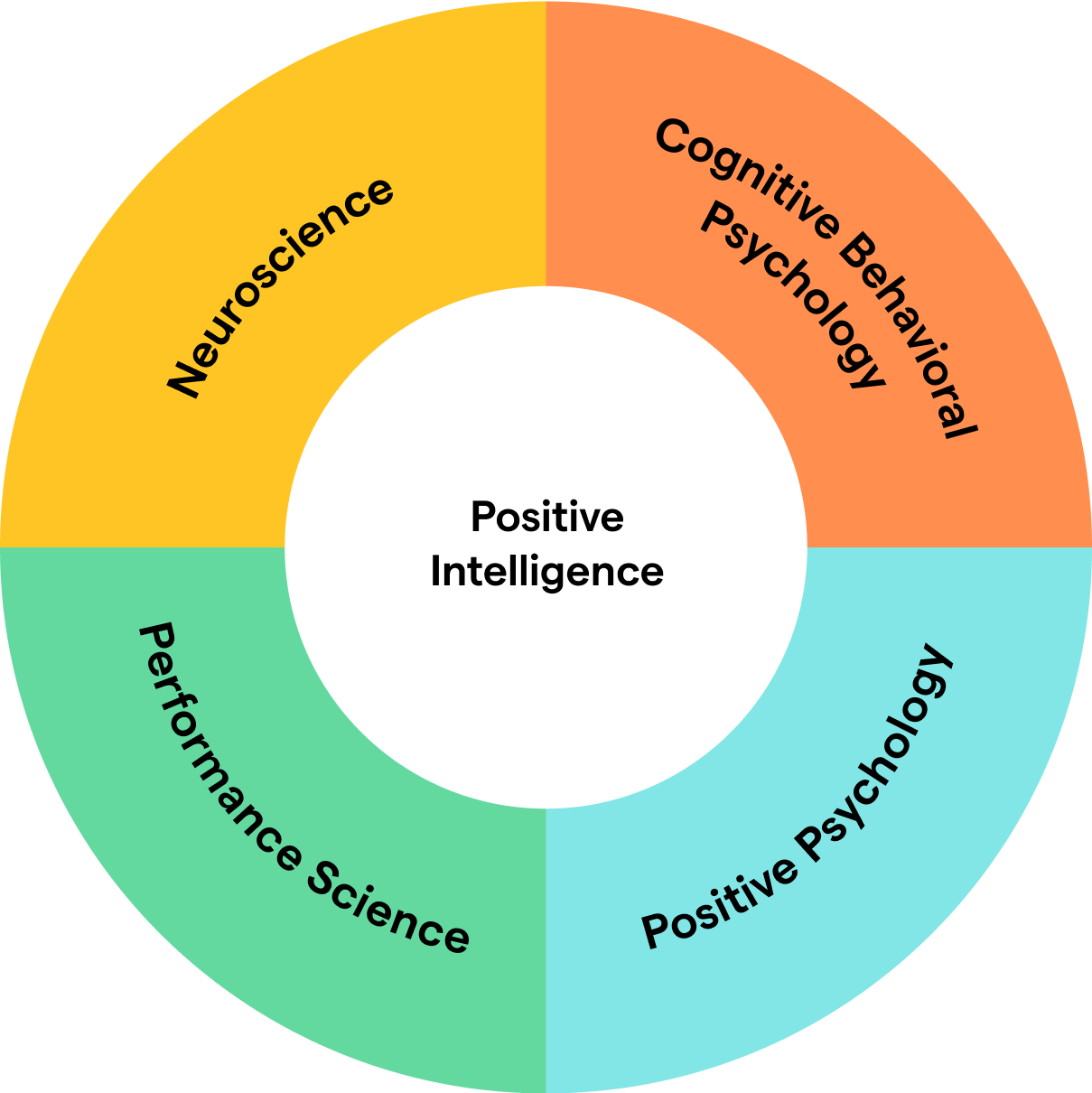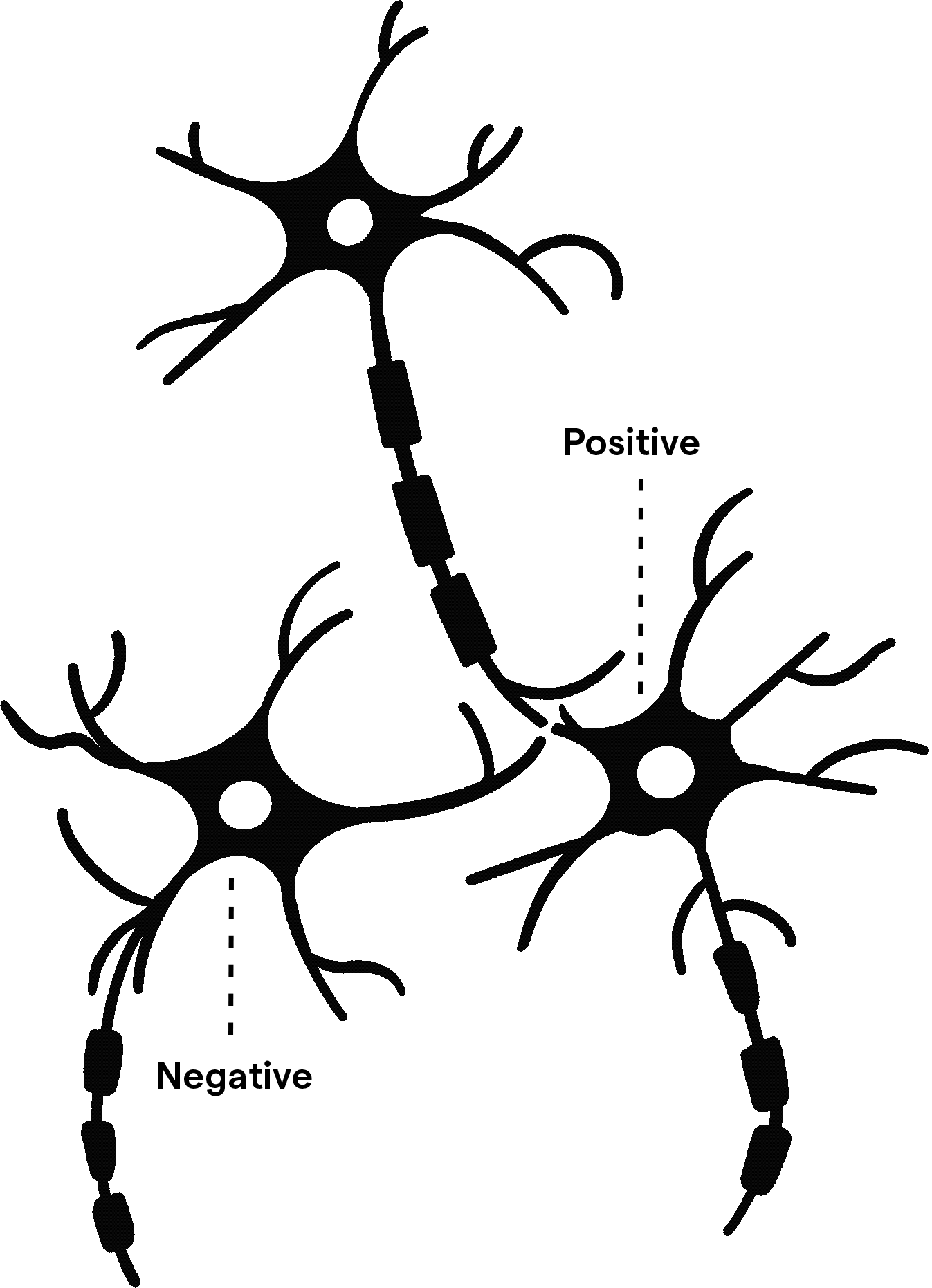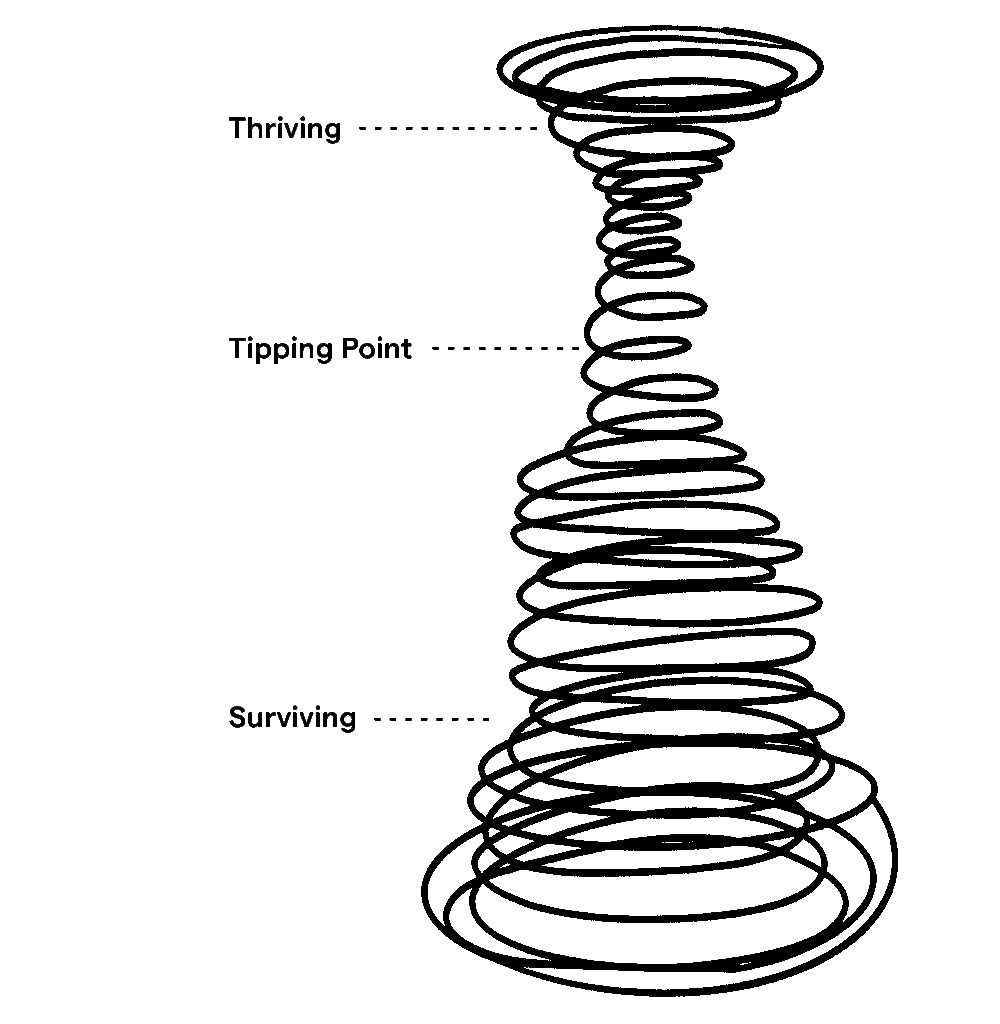
Individual
A self-facilitated program to boost your mental fitness for personal and professional growth
This website will offer limited functionality in this browser. We only support the recent versions of major browsers like Chrome, Firefox, Safari, and Edge.

Select the experience that fits your needs

A self-facilitated program to boost your mental fitness for personal and professional growth

A self-facilitated mental fitness program with exclusive pricing for 2 to 25 individuals

Explore coach-led mental fitness programs with workshops tailored to your organization

Recent advances in functional MRI (fMRI), which measures how neural activity changes blood flow, have allowed scientists and psychologists to witness the real-time working of the brain for the very first time.
We are now able to pinpoint the regions of the brain involved in producing different thoughts or feelings and identify the neural functions involved with the activation of Saboteurs and Sage.

Saboteurs are the voices in your head that generate negative emotions when you handle life’s challenges. They exist in the brainstem, limbic system, and parts of the left brain. They produce much of your stress, anxiety, self-doubt, anger, shame, guilt, frustration, and mind chatter. These negative emotions are only helpful for a second as they alert you to dangers or issues. However, staying in these emotions hurts your ability to see clearly and choose the most impactful response.
Your Sage lives in an entirely different region of your brain, the middle prefrontal cortex, “empathy circuitry,” and parts of the right brain. It generates positive emotions while handling life’s challenges. These include empathy, compassion, gratitude, curiosity, joy of creativity, and calm, clear-headed laser-focused action. This region is wired for creativity and big-picture awareness of what is important and the best course of action.
Activating this region results in release of endorphins that counter the negative impacts of stress-induced cortisol.




